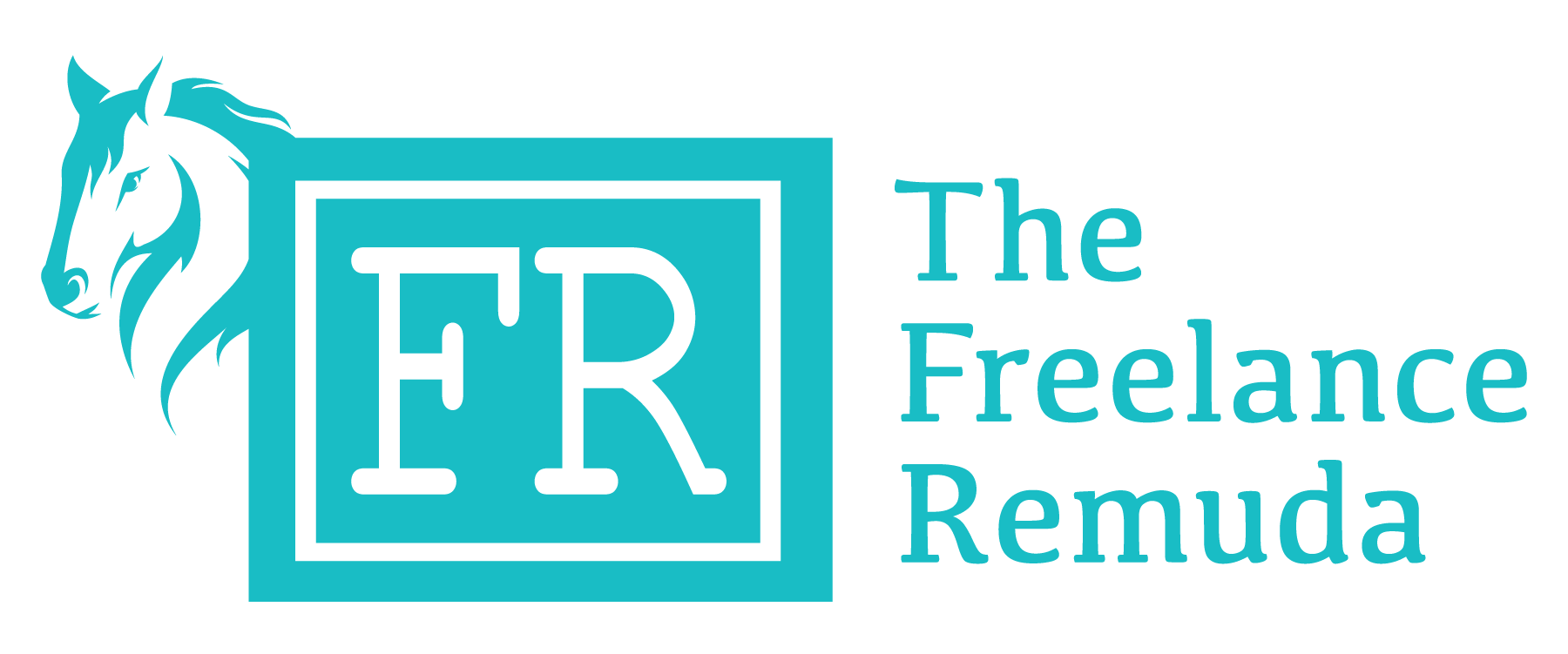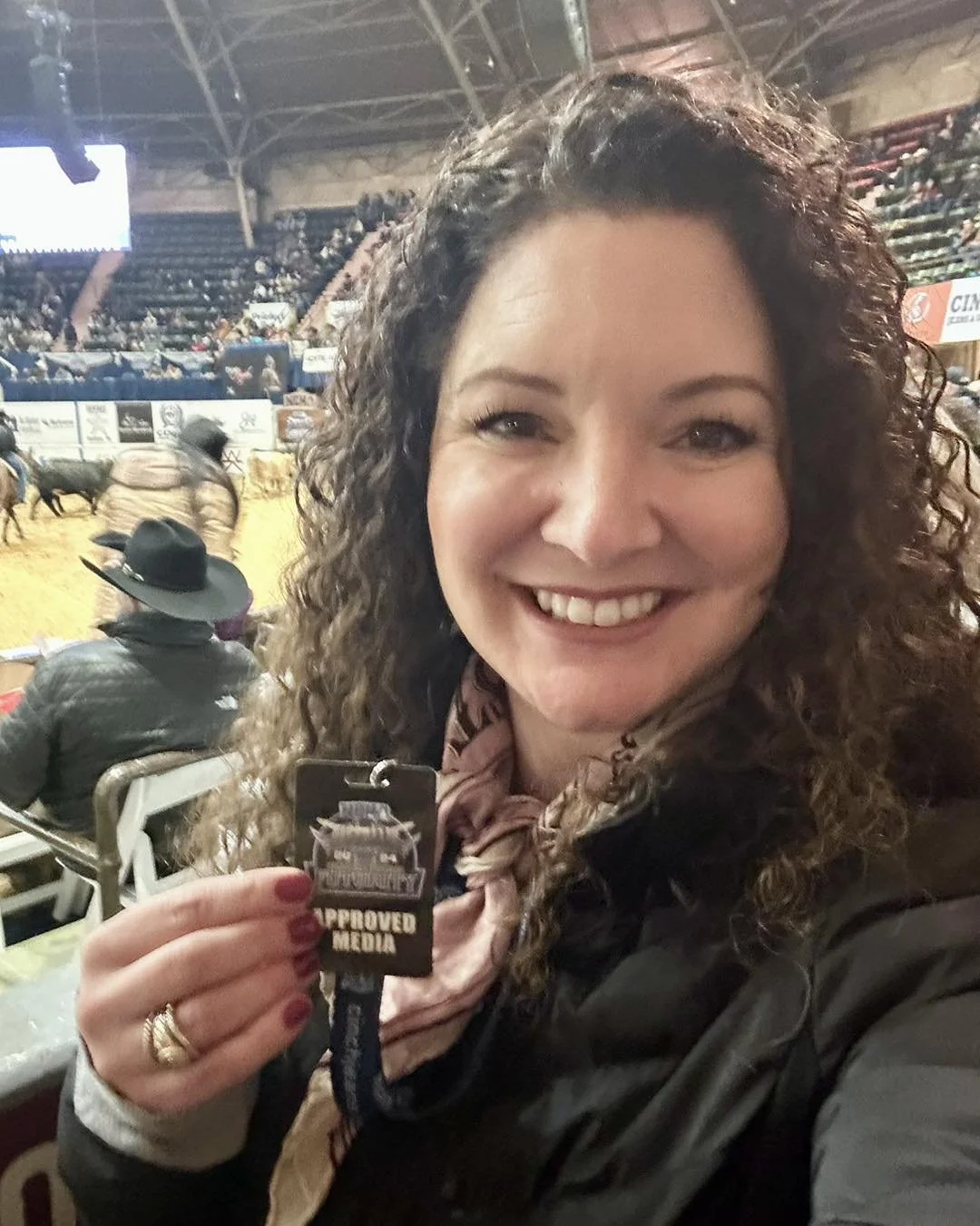Blog: 3 Ways Equine Event Coverage Has Evolved
By Abigail Boatwright & Kate Bradley Byars
In the decade-plus since both of us started our equine media careers, there have been a lot of changes. Namely, the way equine events are both covered and consumed has changed drastically.
This is indicative of the evolution of broader media consumption, which has shifted toward shorter, more visual, less text-heavy content.
“I used to write regularly for Quarter Horse News, which thrived on publishing stories about event coverage in the reining, cutting and reined cow horse arenas, predominantly,” said Kate. “Today, you can find that title online. This is not the only magazine to see a drastic change in readership with the rise of social media and the reduction in attention span.”
While there have been changes in how equine event coverage is presented, the improvements in visuals have made coverage exciting for those that were not able to attend an event. Just the other evening, many enjoyed streaming The American Performance Horseman instead of watching it in person, which can have a negative and positive impact on the event, depending on how you look at it. Leading up to the event, many videos of each competitor were online, allowing those that aren’t as familiar with each of the three events in the competition to have an idea of the competitors—and their amazing horses—before the event.
Looking back on the coverage we’ve done in the barrel racing, cutting, reining and reined cow horse arenas, plus the versatility stock horse, it is like walking through a course in “how media has changed” in the last decade. Walk with us!
1. Attention spans have plummeted—driving demand for bite‑sized media!
First, some numbers. Studies show today’s average attention span on screens has dropped from around 2.5 minutes in 2004 to merely ~47 seconds in 2023. WHAT!? The 2,000+ word stories about events are going by the wayside. The current eight-second average attention span overall means that reels and photos are the go-to for consumers looking to be in the know about an event.
Long-form articles or hours‑long live streams are less likely to hold audience attention. Instead, highlights—such as winning runs—are increasingly shared in quick 30–60 second clips via Reels and TikToks. Heck, some of the entire runs aren’t even posted – just highlight clips, like this one from Abby, or the above TikTok posted by NRHA.
“I took a deep dive into video-centric coverage at the NRHA Derby this year,” Kate said. “The videos I created were compilations of a class or that day’s competition. Those videos allowed for multiple riders and moments to showcase the feel of the event, but they were not long form and still considered highlight reels.”
Pro tip: Don’t discount that the stats are right! While I’ll watch a longer video, ensure you can capture the attention or the message in the first 8-10 seconds of a clip that you’re creating to highlight an event.
2. Photos have always driven equine event coverage.
Working for Quarter Horse News and Barrel Horse News, when we interviewed a champion, there were two ways to post / publish the information, video and photo posts. Even posted back-to-back, a write up with a photo that linked to the webpage would be viewed differently (and by a different audience) than a video speaking to the winner.
Photos are still key to event coverage. Sometimes, the scroll of videos is overlooked, but a strong photograph that captures the moment has a longer life. Invest in becoming adept at shooting action photography for the chance to capture a winning run’s highlight moment. That could turn into a photo on social media, a photo used for an online or print ad, or even a cover image.
Pro tip: don’t shoot exactly where the official photographer shoots, find your own angle!
Don’t stop shooting when the run is over, either. The heartfelt moments occur after – praising the horse, hearing the score and even finding loved ones in the stands. This is exemplified by the official photographers and private photographers being sure to capture that horse-rider connection. I managed to snag a cover-worthy image of Lance Johnston winning the Snaffle Bit Futurity by being on the side of the arena that was opposite the official photographer, but that saw his excitement and emotion.
Pro tip: Investing in your own education as a photographer will help you in event coverage.
3. Technology has changed the research process
In the past, show results we worked from were delivered via email from the event producer, or were posted to the organization’s website. These days, livestreaming is common, so you can follow along in real-time–either watching online if you’re covering the event remotely, or on your phone to keep track during the event in person. I always like to get a draw sheet and write down scores as they happen, because the final scores are not always available while writing social media captions or articles on a tight deadline, explained Abigail. It’s still a good idea to double-check with the show before submitting content for print, in case there were any inaccuracies.
“Contacting sources has also evolved over the years. I got my start at associations, where contact info was easily accessible through the company database,” said Abigail. “As a freelancer, I have often had to rely on Google, websites and most often, social media to get contact info. Sometimes a Facebook message or Instagram DM is my best bet for getting ahold of a source to set up an interview.”
Getting pedigree info has also changed a bit. Sometimes a freelancer can go to AQHA.com or APHAonline.com to use a member account to check pedigree info, sometimes the editor gives that number for use.
Pro Tip: If you get your own membership, it is a business expense, but worth it to access the accurate name, age, color/pattern, gender, pedigree, breeder, owner, and sometimes show records.
Even though some parts of show coverage have changed, the overall goal of informing the audience of what happened at the horse show remains the same. We want to invite the audience to feel like they were there–with words, images and video. We just have more tools with which to tell the story, more avenues to share it, and an increased focus on bite-size content.
Want more about event coverage? Visit these past blogs in our archive!
Nailing Event Coverage
Gear Vlog: Packing for Event Coverage
Finding the Beauty in the Beast



